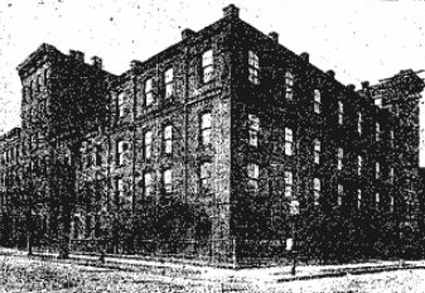On This Day in History, January 25: Eagle Reports on Brooklyn Real Estate Boom

The Jan. 25, 1902, Brooklyn Eagle was chock full of upbeat real estate news. A full-page spread fleshed out an annual report by the Buildings Department that confirmed “the borough’s prominence as a home community” as well as a “large increase in manufacturing plants.”
Below are some excerpts from the article:
“Among the encouraging items in the annual report of the Department of Buildings, completed last week by Commissioner John Guilfoyle, is that which sets forth the fact that during the year 1901 no fewer than 77 buildings for manufacturing purposes were completed in Brooklyn, at a cost of $1,262,280. While Brooklyn has long been well thought of by manufacturers in the metropolitan district as a favorable location for their plants, their establishment here in former years were of very slow growth. But 1901 has set a pace that will probably not be lessened for several years to come, but rather quickened, as a number of brokers report favorably on negotiations under way looking to the opening up of new lines of industry…